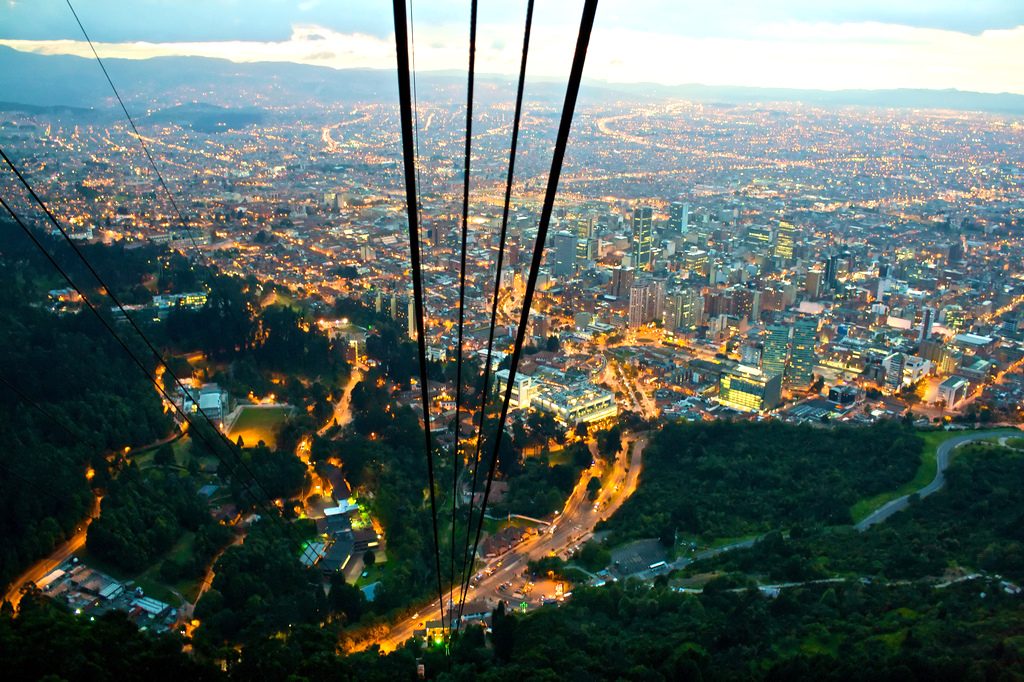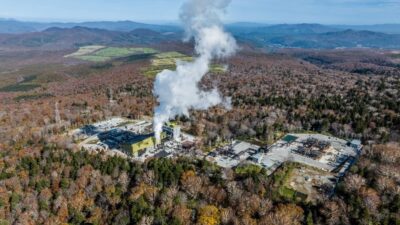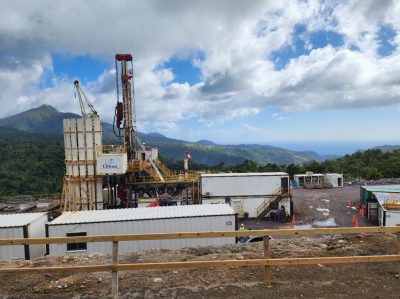City of Bogota, Colombia could tap geothermal for electricity
Geothermal energy could play a huge role in the provision of energy to the megacities of this world, e.g. covering all electricity (and more) to Bogota, capital of Colombia.
The city of Bogotá, the Capital of Colombia in South America, is located on the Pacific Ring of Fire, representing a great opportunity to tap geothermal energy. It represents the opportunity to decarbonize the energy matrix of megacities, that is, those inhabited by more than 10 million people, so a recent article shared by the the University of the National University of Colombia (UNAL). The article builds on a study carried out in three megacities: Los Angeles (U.S.), Jakarta (Indonesia) and Bogotá (Colombia), which showed that between Zipaquirá (Cundinamarca) and Paipa (Boyacá) [in Bototá] there is an area with high potential to extract energy from the earth, which would potentially cover the total residential energy demand for Colombia’s capital.
Decarbonization is the focus of the research in which Professor Carlos Vargas, from the Faculty of Sciences of UNAL, participated. The research focused on data that the National Hydrocarbons Agency and the Colombian Geological Service have compiled and used for many years to have a measurement of the magnetic, thermal and geochemical information of the Colombian territory.
This data made it possible to map the zones, estimating the “Curie depth”, a measure inferred from the magnetic anomalies present in the subsoil, which means that the higher the temperature when the earth falls, the more the magnetic force of the earth decreases. the minerals present there, and when this occurs it can be said that in these areas there is a greater possibility of extracting energy from the earth.
“It was found that the region near the north of Bogotá, between Zipaquirá and Paipa, is an important area that contains this heat resource, which is evidenced by the presence of thermal waters and pools, in addition to other geochemical parameters evaluated there by the oil industry”, so the expert.
In Bogotá today 14,509,200 GWh (14,509 TWh) are consumed and the supply can grow more and more. The investigation determined that up to 16,603 TWh could be provided by the exploitation and extraction of geothermal energy.
Together with professors Luca Caracciolo, from the GeoZentrum Nordbayern (Geocentre of North Bavaria) of the Friedrich-Alexander University (Erlangen-Nürnberg, Germany), and Philip J. Ball, from the Faculty of Geography, Geology and Environment of the Keele University (United Kingdom), estimated that 73,502,200 GWh per year are used in Los Angeles, and it is calculated that geothermal could supply up to 4.25 times more energy to the city; For its part, Jakarta consumes 10,927,163 GWh, and geothermal could provide capacity by 1.84 times more. The report was published in December 2020.
Geothermal energy as a sustainable alternative
According to the geologist, “this amount of energy can guarantee sufficient resources for long-term geothermal plants that take advantage of their location to supply electricity and hot water for industrial and recreational processes.”
“Geothermal energy has greater stability –having sufficient resources– than other energies such as hydroelectric or hydraulic –because in times of drought there are problems of storage and reserve of this resource–, solar energy –since its recharge depends on the moment of the day in which the sun’s rays provide it– and wind power, whose operation is subject to specific currents at certain times of the year”, highlights the teacher.
Although at the beginning the costs are higher –machinery, studies, experts, transportation, precaution to treat the subsoil–, in the long term these are reduced, which is evident in Los Angeles and Jakarta: while in LA geothermal energy costs 0.004 cents dollar ($18) and fossil 0.138 ($606), in Jakarta the ratio is 0.006 ($26) geothermal and 0.112 ($492) fossil.
The academic explains that “geothermal energy has various industrial uses, including producing the electricity that supplies cities; improve plant cultivation processes in greenhouses, as well as heating for homes during the winter, especially in some regions of the planet (high latitudes and altitudes)”.
For the researcher, the implementation of these energy strategies allows expanding the range of possibilities, since the processes and changes of radiation or heat generation inside the Earth change in millions of years, and not in seasons of days, months or years. .
It is important to emphasize that geothermal extraction can also have disadvantages, the most important of which is the possible contamination of nearby waters by substances such as arsenic or ammonia -extremely toxic to living beings-, components found in the soil and that can be released when doing the extraction, if the procedures are not carried out properly.
Source: UNAL



















